The name ‘Hindu Kush’ is, from a historical point of view, quite young. It is missing from the accounts of the early Arab geographers and occurs for the first time in Ibn Battuta’s work.
According to Ibn Battuta the origin of the name Hindu Kush (Hindu-killer) in the fact that numerous Hindu slaves fell victim to the dangers of the unknown world of the high mountain range while crossing the pass on their way from India to Turkestan.
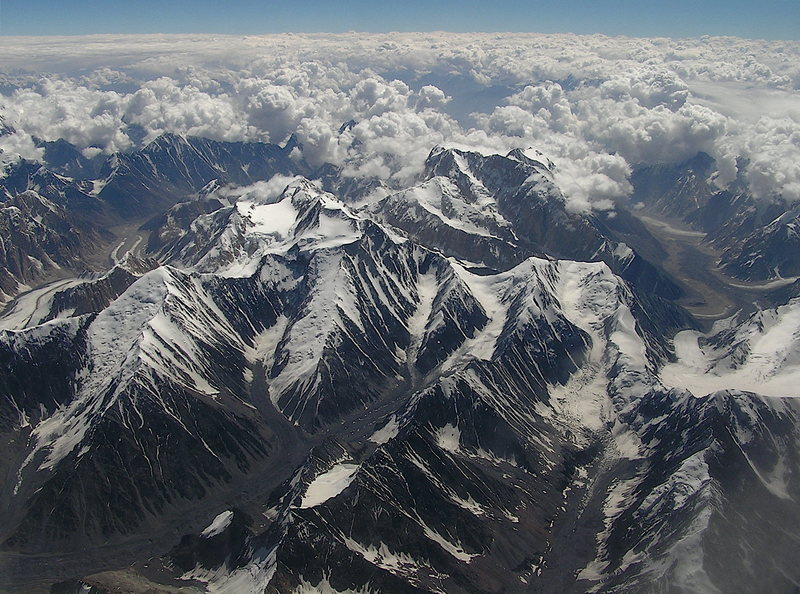
In ancient times the mountain range was also called “Paropamisadae” by Hellenic Greeks in the late first millennium BC and was mentioned as Paropamisadae in world maps.
In geological tectonic terms, the Hindu Kush is part of the young Eurasian mountain range complex, which has risen since the late Tertiary period. The youth of the mountains can be seen in the frequent and sometimes severe earthquakes.
Hindu Kuch divides the valley of the Amu Darya (the ancient Oxus) to the north from the Indus River valley to the south.
The range has numerous high snow-capped peaks, with the highest point being Tirich Mir or Terichmir at 7,708 metres (25,289 ft) in the Chitral, Pakistan.
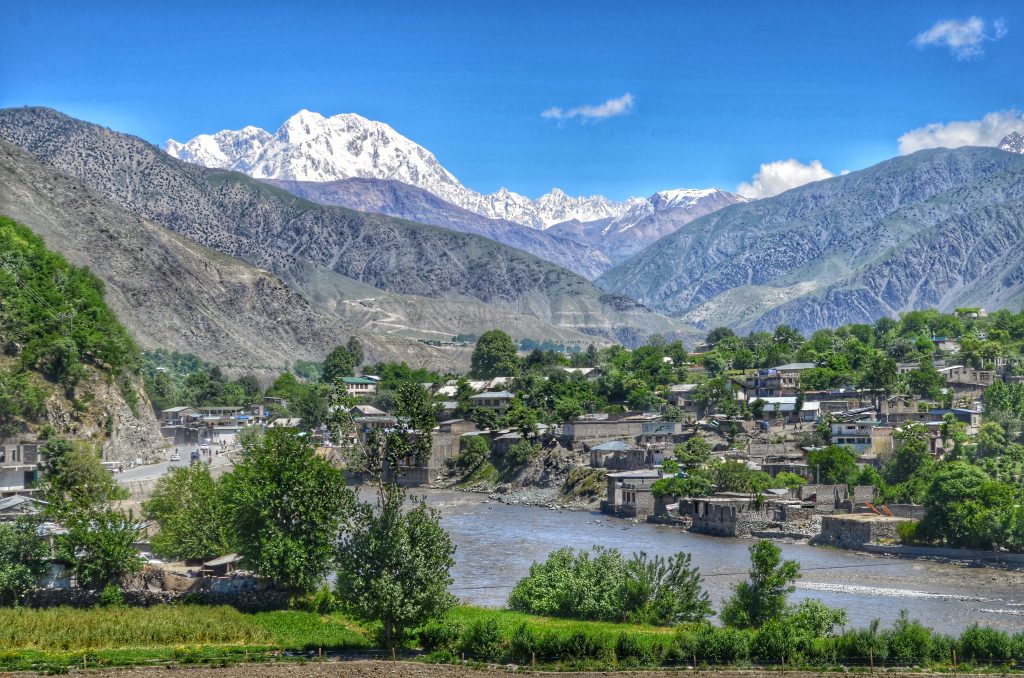
The Hindu Kush range region was a historically significant centre of Buddhism with sites such as the Bamiyan Buddhas (in Afghanistan)
.
Hindu Kuch range consists of metamorphic rocks and mineral reserves. The lapis lazuli (lasurite) deposits have been mined since prehistoric times mainly in Afghanistan.
The south of the Hindu Kush is inhabited by Nuristanis / Kalash who, particularly the former, are different from the other ethnic groups. They have gain most interest as they have kept their identity alive for a long time without much change from the outside world
.
Amir ʿAbd-al-Raḥmān’s first campiagn in 1895-96 resulted in the compulsory conversion of the people to Sunni Islam.
The islamization of Nuristan brought a change in the usual name for the people and their country: the Kafirs (kāfer “unbeliever”) became Nuristanis, and Kafiristan (the land of unbelievers) became Nuristan (the land of light)
The Kalash practiced a religion in which belief in spirits and shamanism was subordinate to a pantheon reminiscent of that of the ancient Oriental cultures of west Asia.
In the Pakistani eastern Hindu Kush the Kho are the predominant population, who speak the Dardic language Khowar.

Among the most recent population groups in the Afghan Hindu Kush are the Pashtun nomads, who received large mountain pastures from the Afghan government at the end of the 19th century, as well as the Gujars, who started moving up from formerly British India to the northwest edge of the Hindu Kush in the 1930s and occupied small ecological niches there.

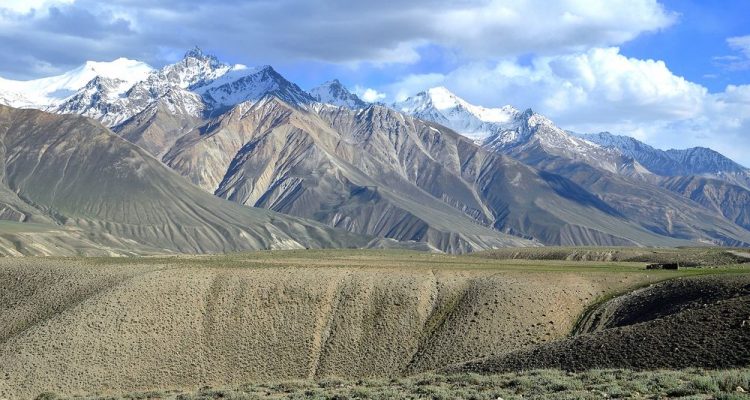
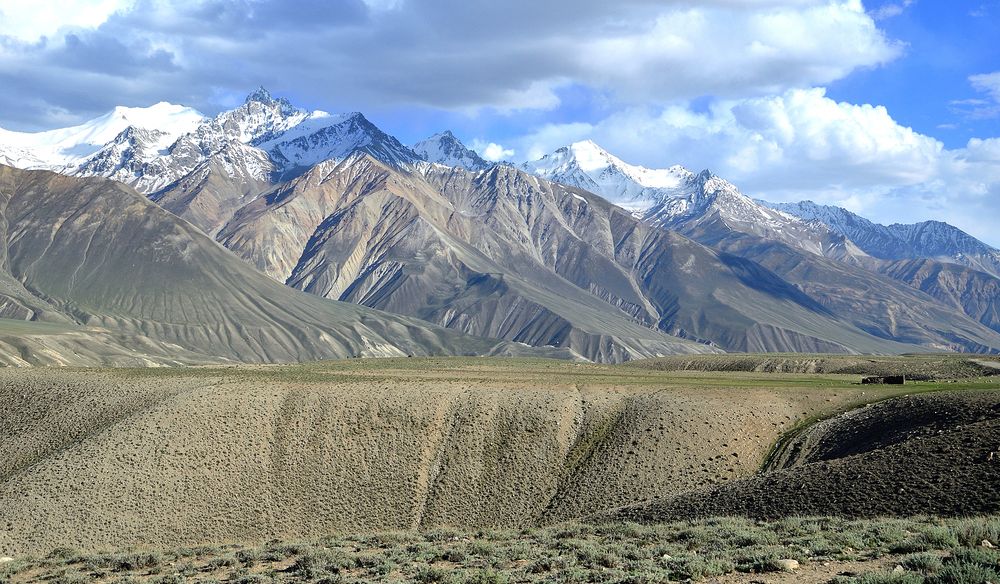
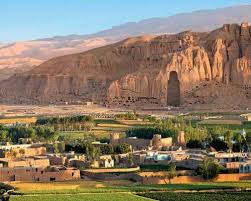
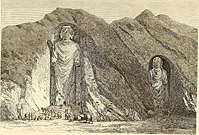
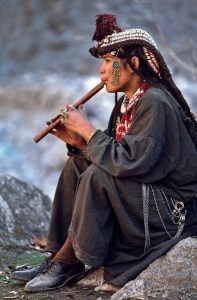
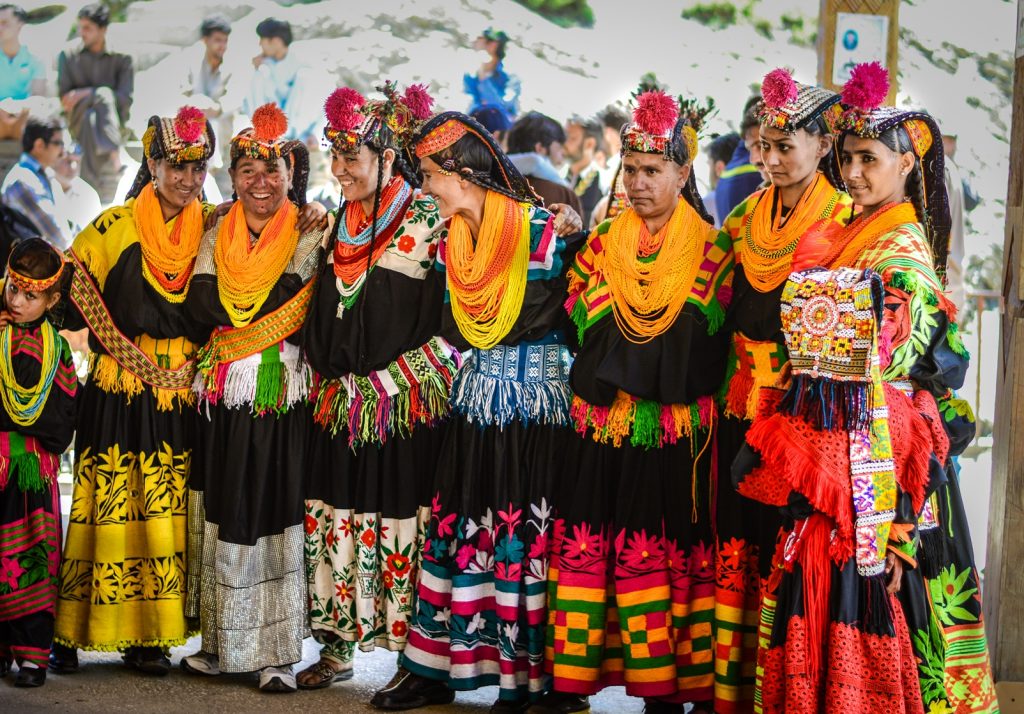
Leave a Reply